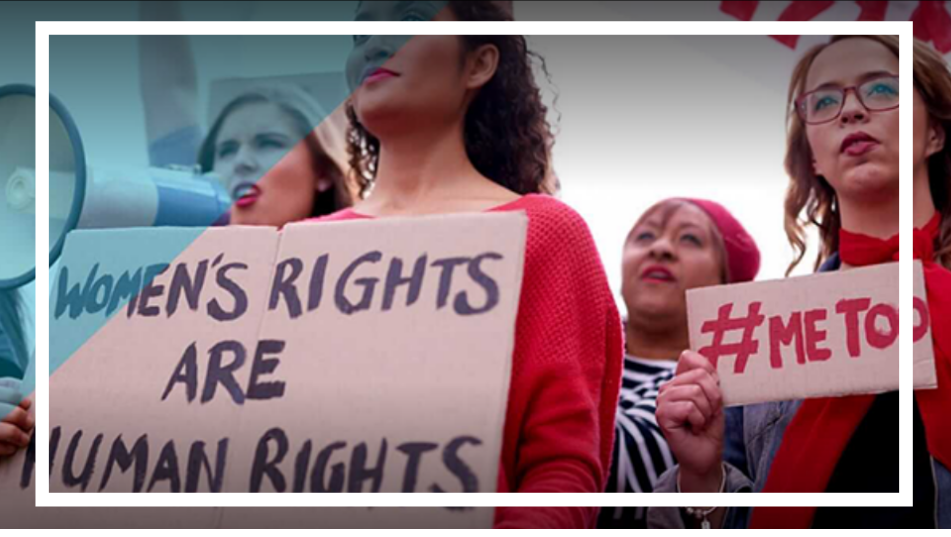Australian women have the most to gain from the Federal Government’s second COVID-19 stimulus package -but they also have the most to lose.
Comprising more than two-thirds of all part-time employees in Australia, women are more likely to face financial stress as a result of the economic and employment impacts of COVID-19.
Apart from dominating the part time and casual workforce, women also make up about 85 per cent of employees in the not-for-profit sector, placing them amongst the lowest paid and most vulnerable in the labour market.
And while women represent 35 per cent of all business owners, many of these organisations are small, entrepreneurial and sole-trader operations, created to fit around child-raising and other family responsibilities.
For many of these women, fiscal measures announced by Prime Minister Scott Morrison and Treasurer Josh Frydenberg are welcome good news.
Tax-free payments of up to $100,000 for eligible small and medium business owners will allow those who have companies to keep their doors open and retain staff.
And because this Boosting Cash Flow for Employers initiative also applies to not-for-profit employers, many women in the community services sector will hopefully keep their jobs.
Likewise, the Federal Government measure to provide sole traders and casual workers impacted by COVID-19 with fortnightly payments for the next six months is critical financial relief for millions of Australian women.
There is a strong argument-waged not only by YWCA Australia but by many community sector organisations led by the Australian Council of Social Services (ACOSS) –that this increase in financial support should be a permanent boost to unemployment benefits that have not increased in real terms since 1994 and fall short of covering basic essentials.
However, where Australian women stand to lose the most in the COVID-19 crisis, is through the Federal Government’s initiative for tax-free withdrawal from superannuation savings to help make ends meet.
The average Australian woman already retires with 42 per cent less in superannuation than her male counterpart.
Because of the gender pay gap that sees women bring home 14 per cent less in earnings than men each week and because many women work in part-time or casual employment, and move in and out of the workforce because of unpaid caregiving roles, their superannuation is often minimal and sometimes non-existent.
This is evidenced by the fact women aged over 50 is the group most at risk of homelessness in Australia, a crisis that will be compounded if they are forced to tap into their superannuation to weather this storm.
Rather than a quick fix that places the onus of responsibility onto individuals and forces women to divest from their superannuation when the market is low, the Federal Government needs to put other measures in place to ensure Australian women’s long-term financial security during this time.












